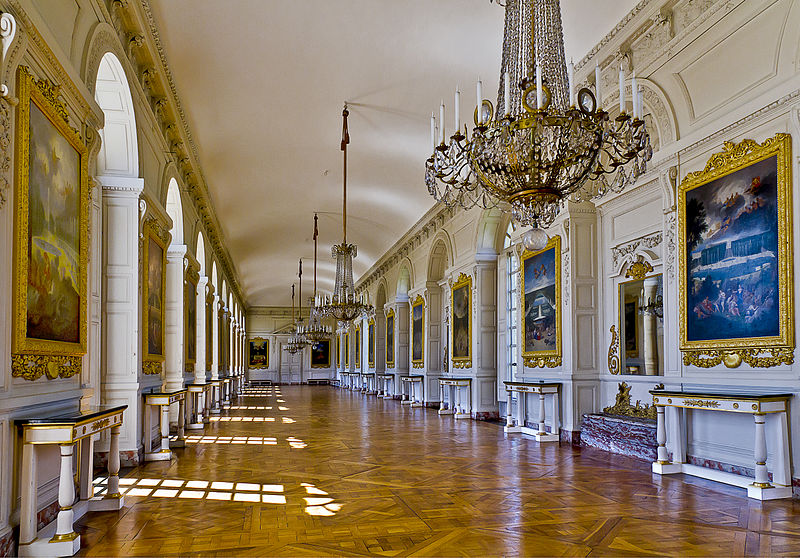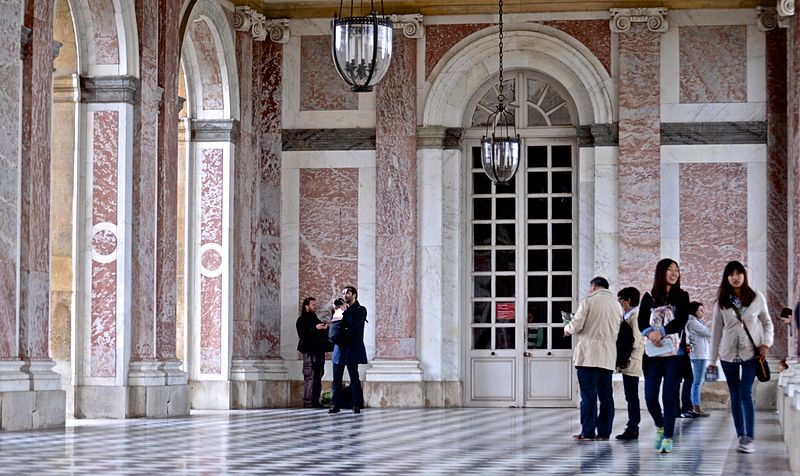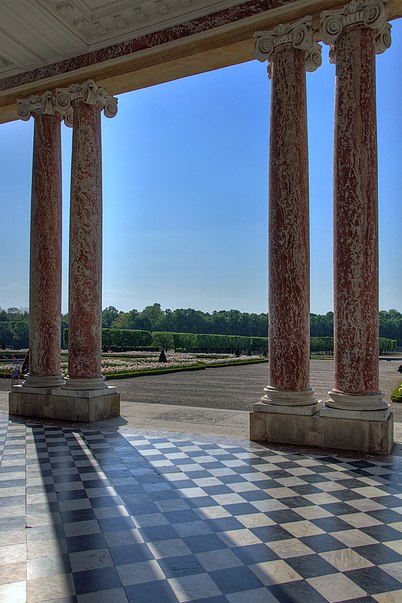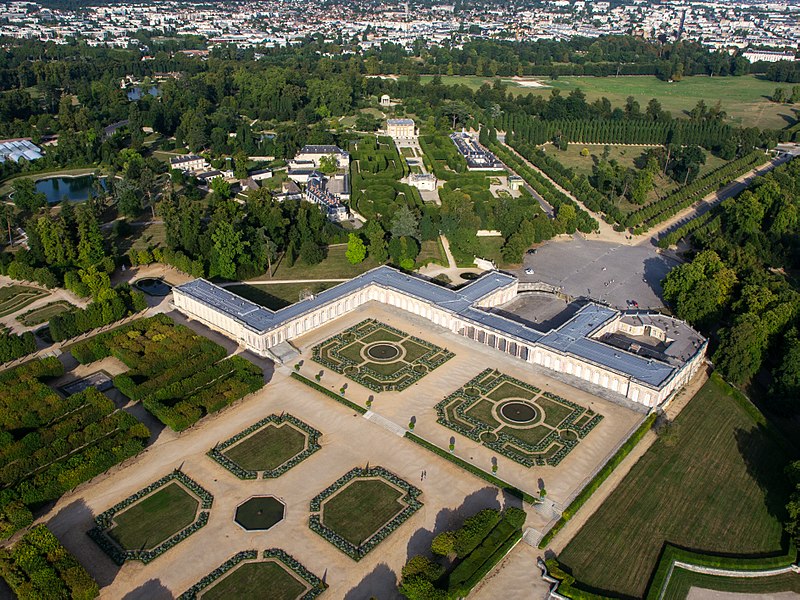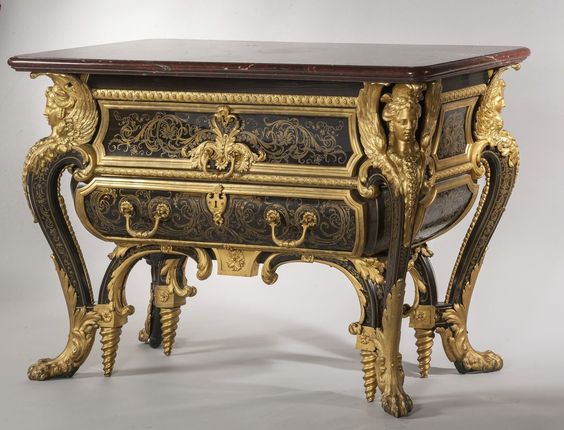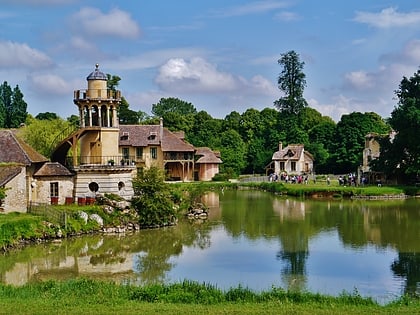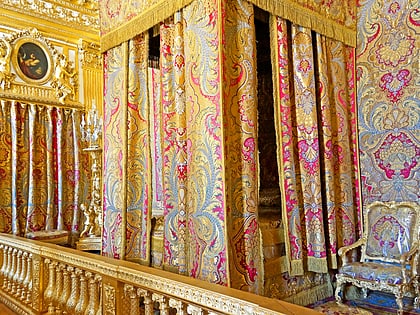Grand Trianon, Versailles
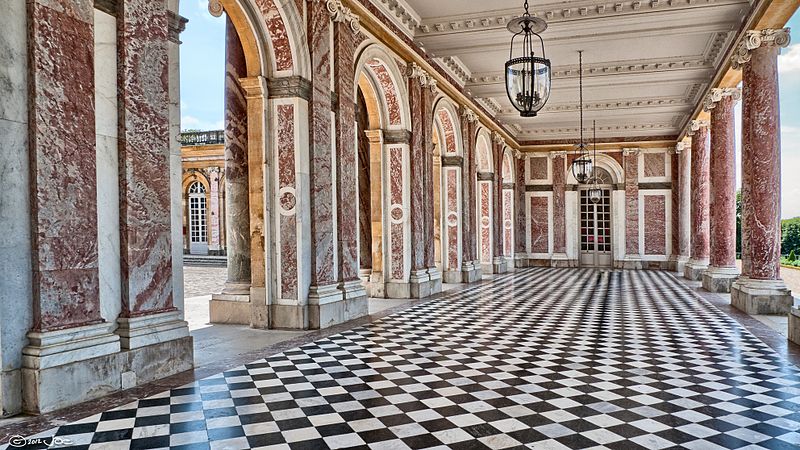
Facts and practical information
The Grand Trianon stands as a testament to the opulence of French royalty, nestled within the expansive grounds of the Palace of Versailles. Constructed under the order of Louis XIV in 1687, this elegant palace served as a private retreat for the king and his mistress, Madame de Montespan. Designed by the esteemed French architect Jules Hardouin-Mansart, the Grand Trianon is renowned for its unique blend of classical architecture and the more relaxed style of Italian villas.
The palace is characterized by its long, low profile, majestic pink marble colonnades, and geometrically arranged gardens. The Trianon's façade is a delicate masterpiece, with fine pilasters and arched windows that accentuate its graceful elegance. The interior continues this theme with lavish furnishings, intricate frescoes, and sumptuous fabrics, providing a glimpse into the luxurious lifestyle of the French monarchs.
Beyond its architectural beauty, the Grand Trianon also played a significant role in history. It has hosted various French rulers and was a favorite of Emperor Napoleon, who made several modifications to suit his tastes. The palace's influence extends beyond France; the Treaty of Trianon, which redrew the boundaries of Hungary after World War I, was signed here in 1920.
Grand Trianon – popular in the area (distance from the attraction)
Nearby attractions include: Palace of Versailles, Hall of Mirrors, Latona Fountain, Hameau de la Reine.
Frequently Asked Questions (FAQ)
Which popular attractions are close to Grand Trianon?
How to get to Grand Trianon by public transport?
Bus
- Porte Saint-Antoine • Lines: 1 (18 min walk)
- Stade Michaux • Lines: 5, 7 (19 min walk)
Train
- Versailles-Château-Rive-Gauche (40 min walk)


